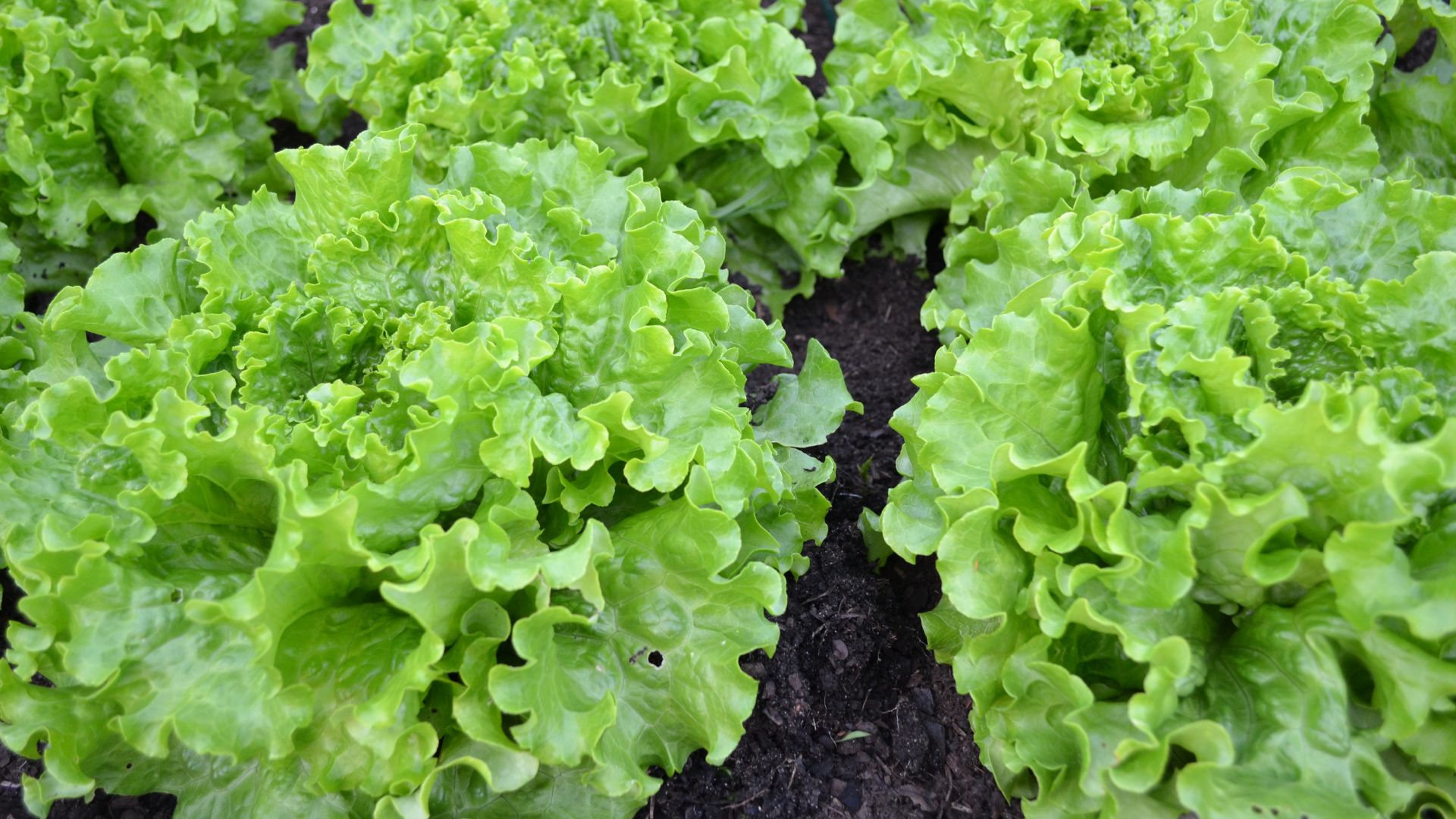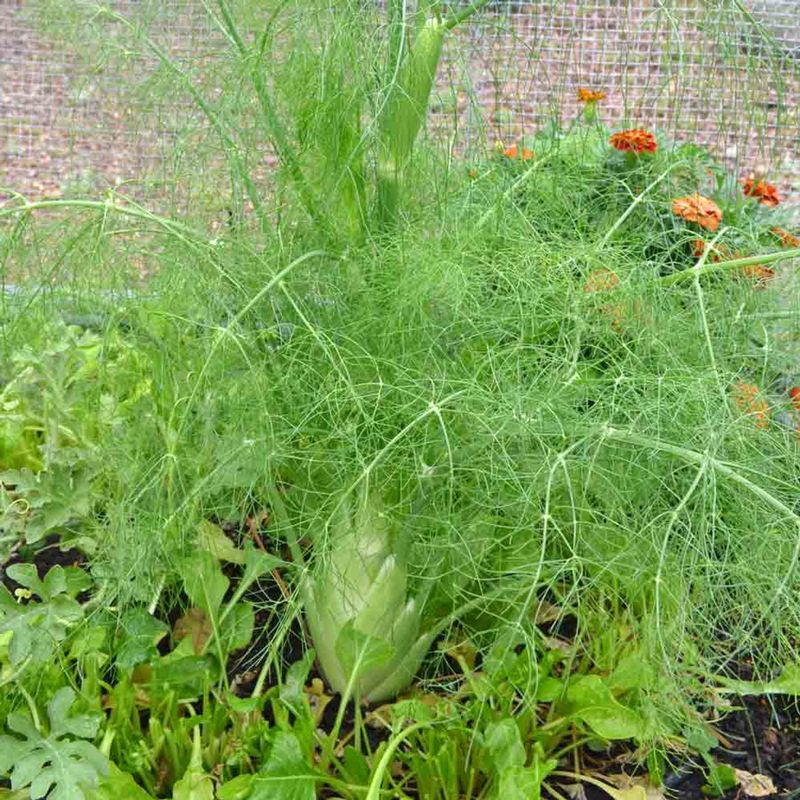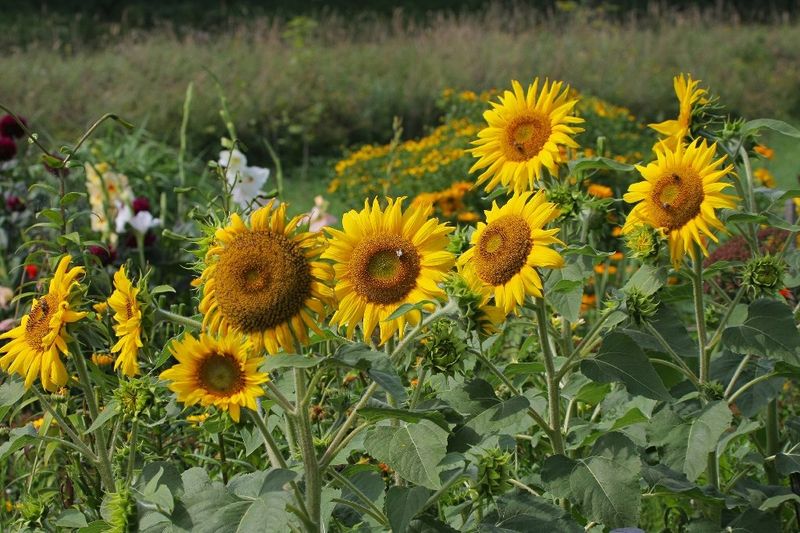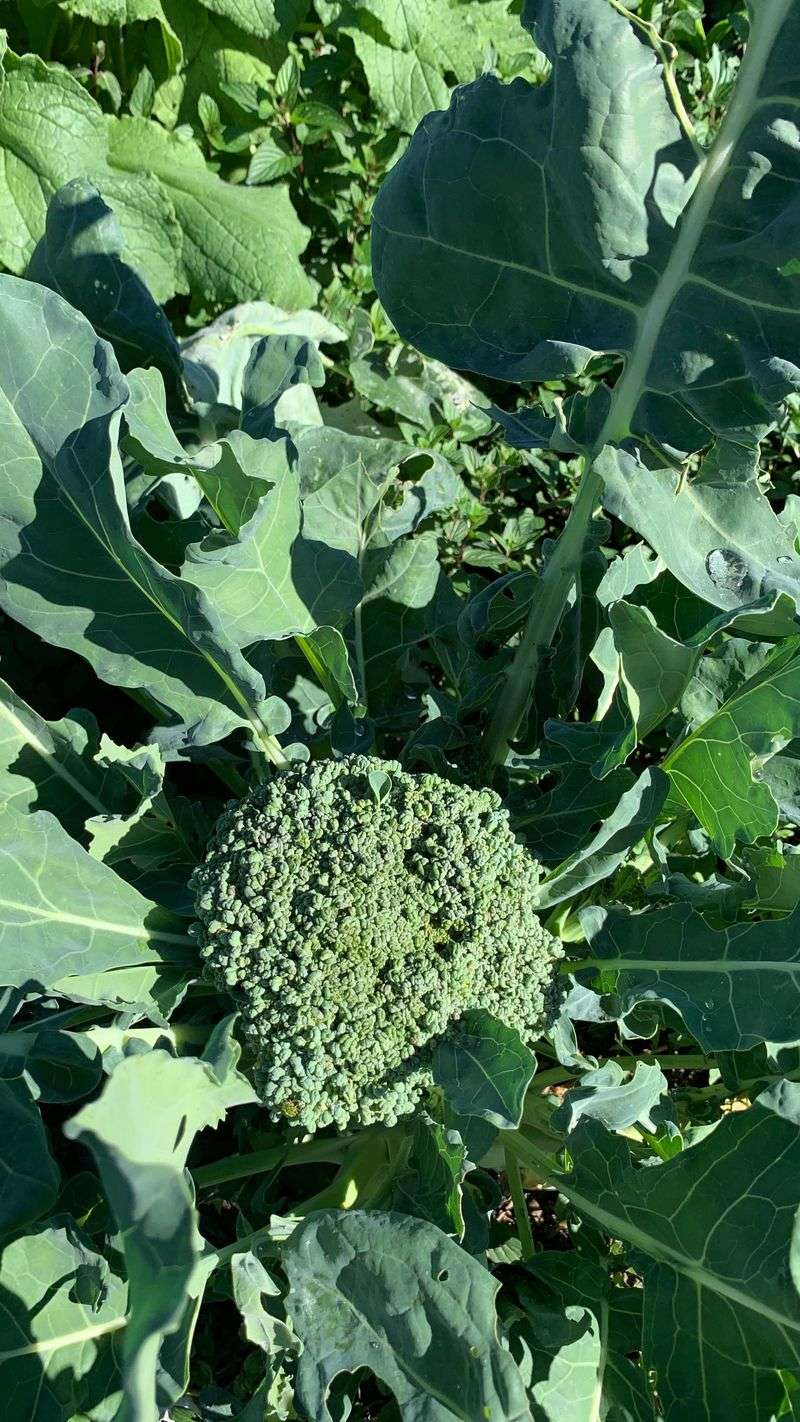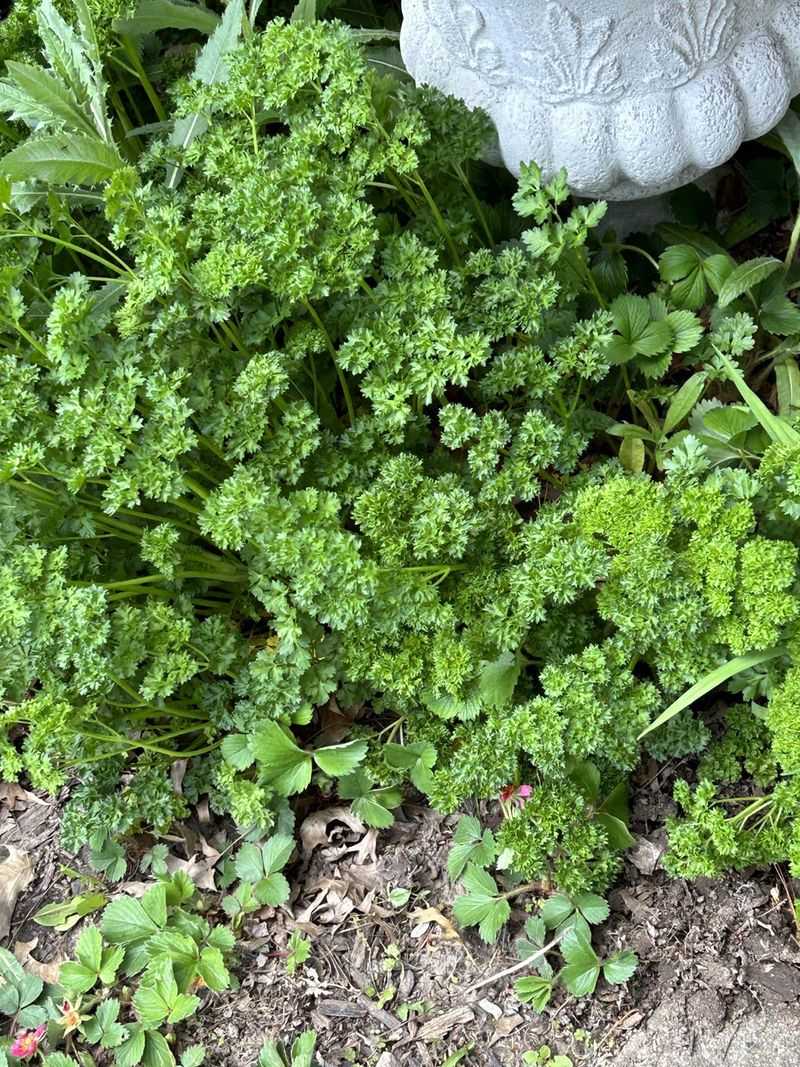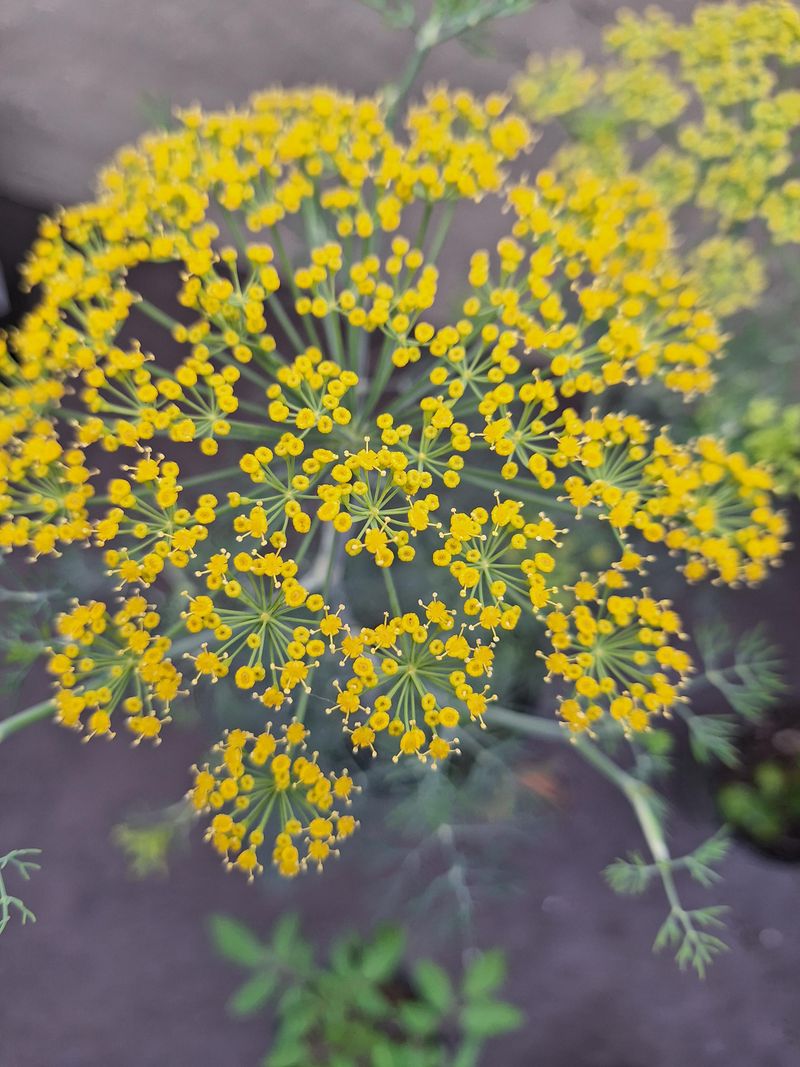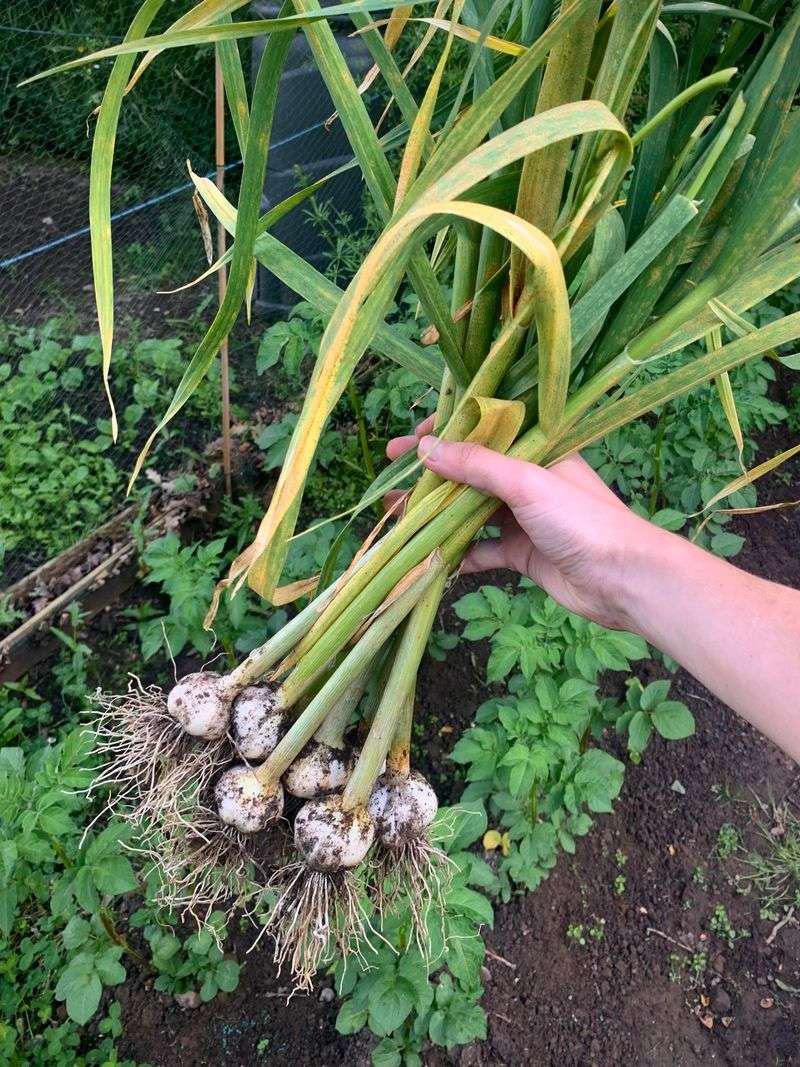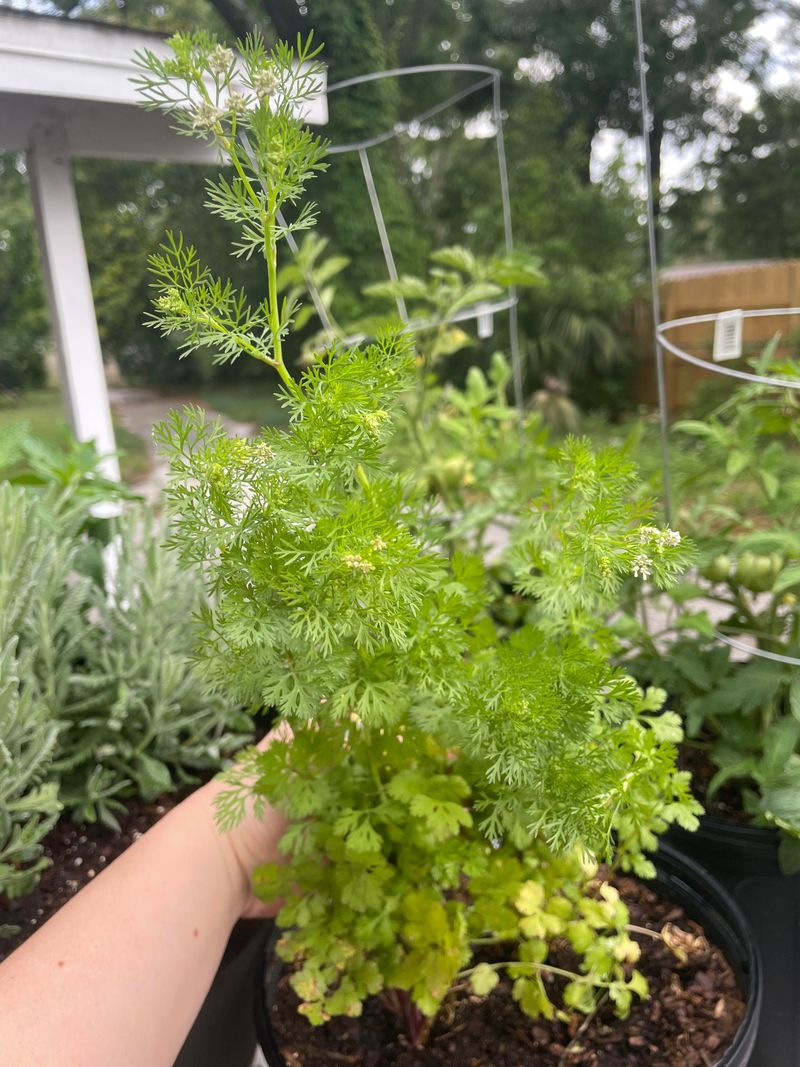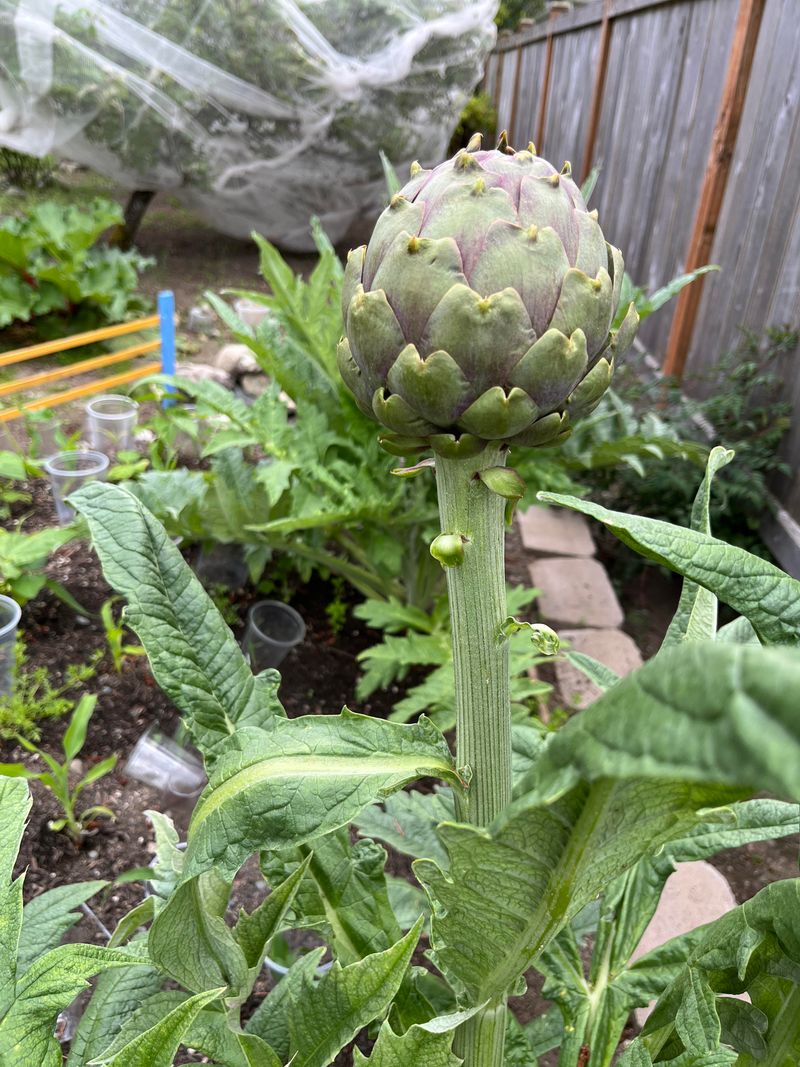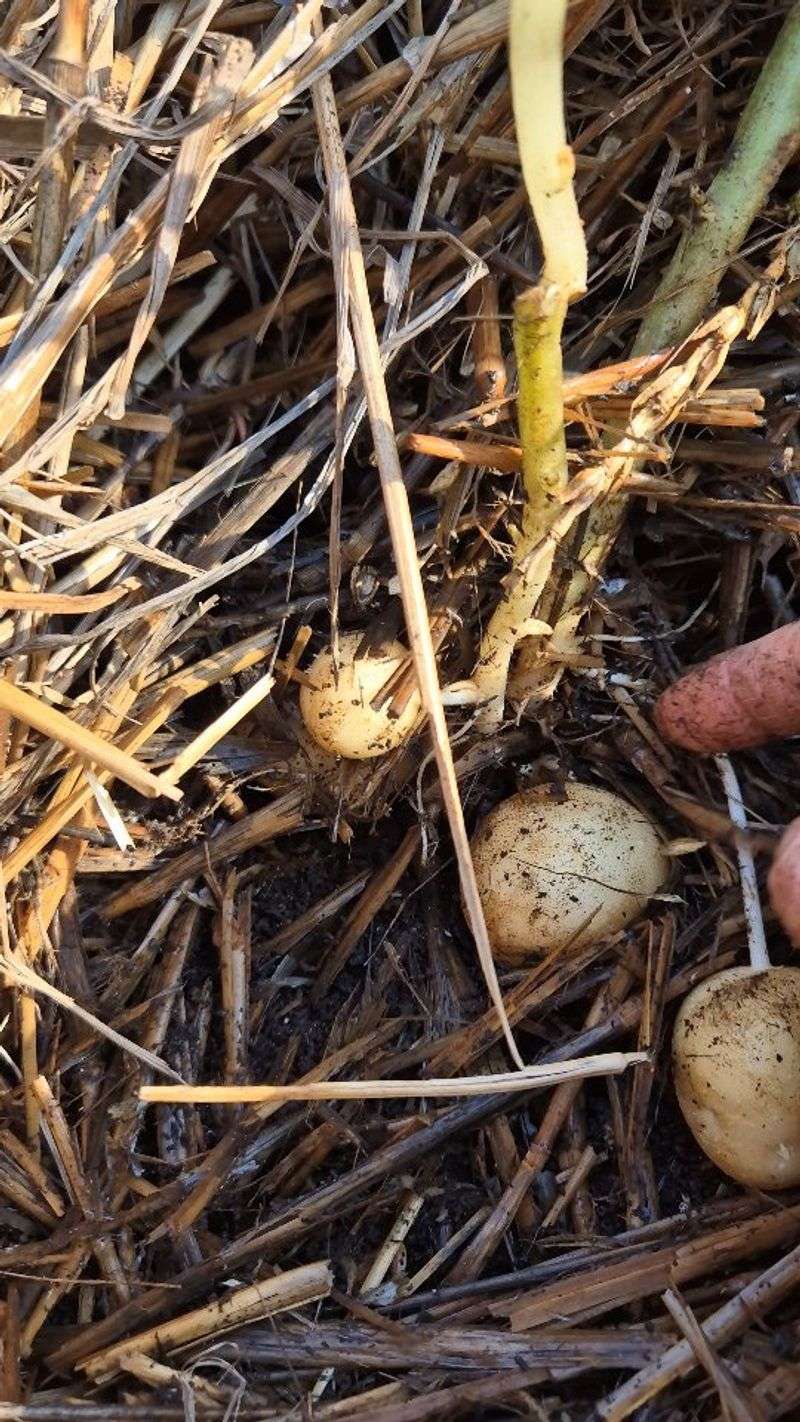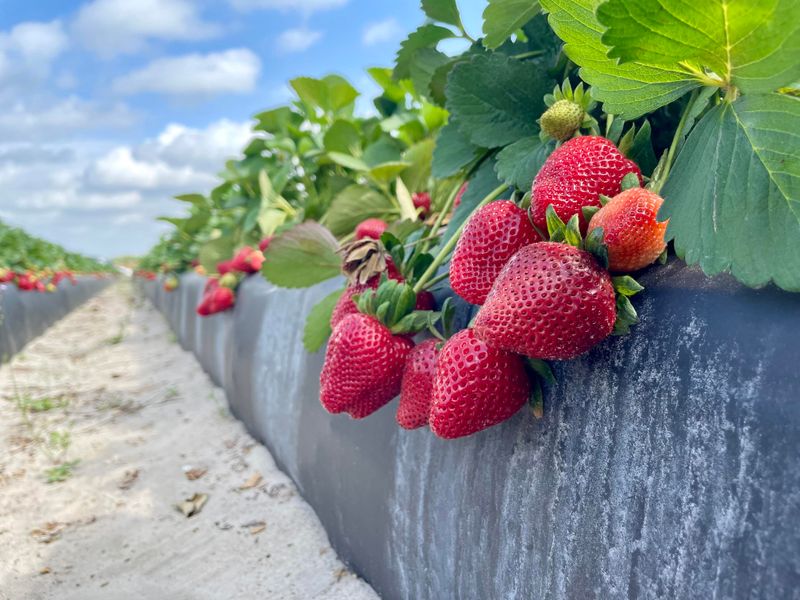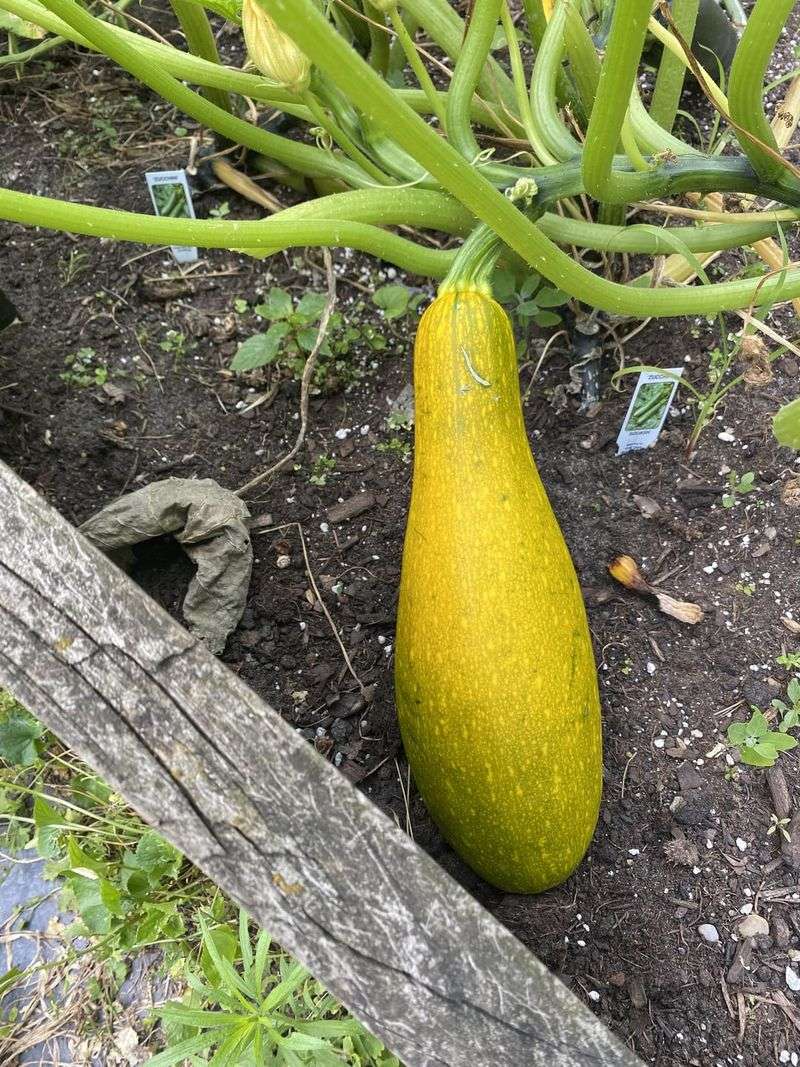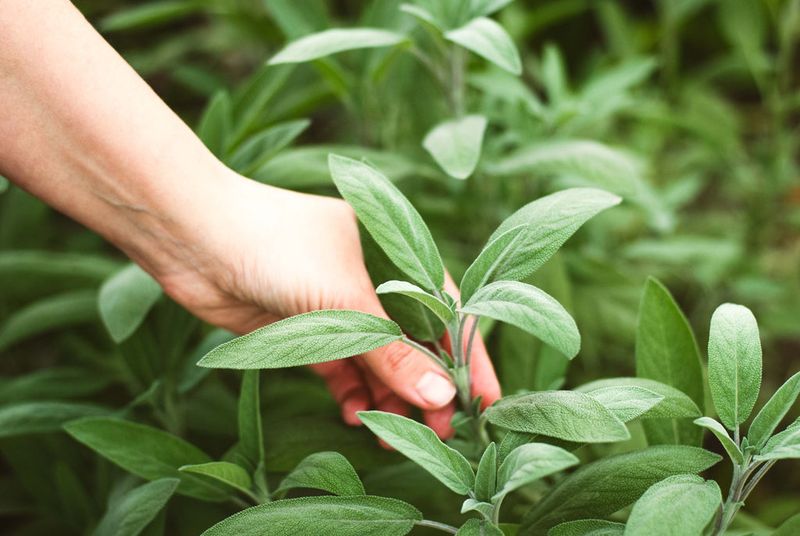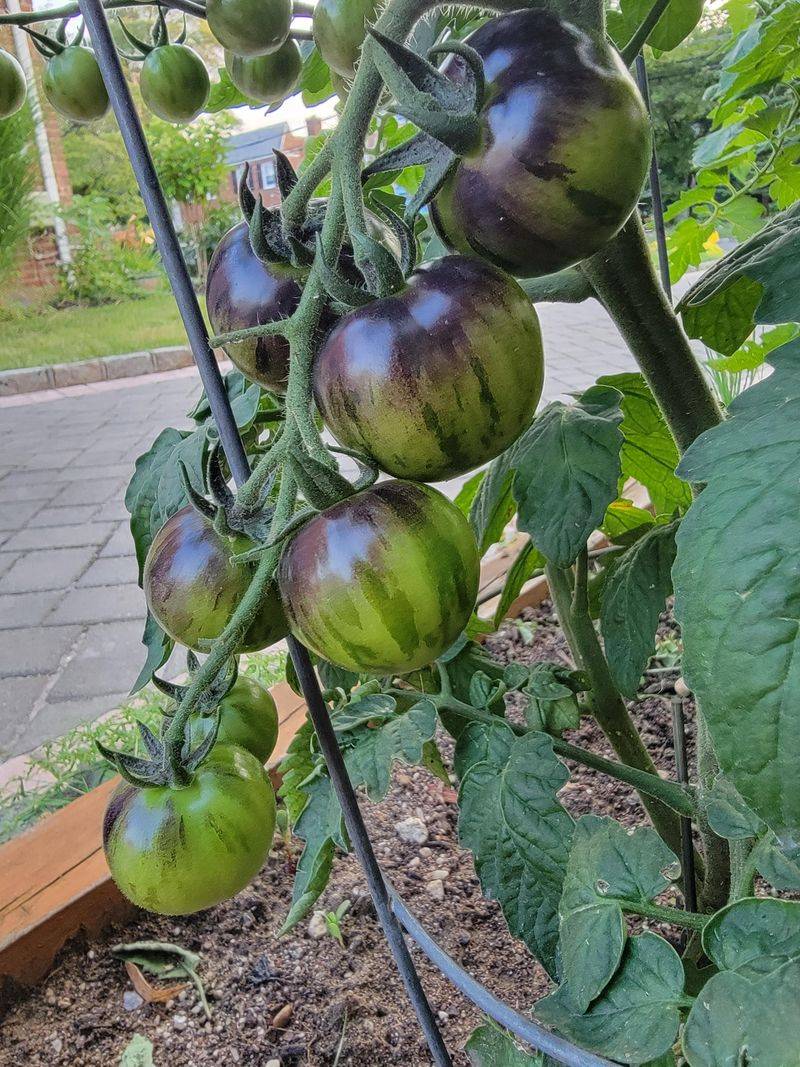Growing crisp, healthy lettuce isn’t just about watering and waiting—it’s also about choosing the right neighbors in the garden. I’ve learned the hard way that certain plants can stunt lettuce growth or invite pests that munch away at those tender leaves.
Some plants release chemicals into the soil, while others hog nutrients or create too much shade, all of which can leave your lettuce struggling. It’s frustrating to watch your greens wilt when you’ve done everything else right.
Luckily, once you know which plants to keep away, it’s much easier to set your lettuce up for success. With the right companions nearby, your salad patch will stay lush, happy, and ready to harvest.
1. Fennel: The Neighborhood Bully
Ever had that one neighbor who just doesn’t get along with anyone? Fennel is that neighbor in your garden. Its roots release chemicals that inhibit the growth of many plants, including your lettuce.
I once planted fennel near my lettuce bed, thinking the height difference would create a nice layered look. Within weeks, my lettuce started to yellow and struggle while the fennel thrived. The allelopathic compounds from fennel roots were essentially poisoning my lettuce.
Keep fennel in its own container or in a separate section of your garden. At least 3-4 feet away from lettuce is best, though I’ve found even further is better for truly healthy lettuce growth.
2. Sunflowers: Shade-Makers And Resource Hogs
The cheerful giants of the garden world aren’t so friendly to lettuce. Sunflowers cast significant shade and their extensive root systems compete aggressively for water and nutrients that your lettuce needs.
Last summer, I thought planting sunflowers at the north end of my lettuce patch would provide afternoon shade. Big mistake! My lettuce became spindly, reaching for light, while the soil dried out faster than I could water it.
If you love both plants, keep sunflowers at least 6 feet away from lettuce beds. I’ve learned to appreciate sunflowers in their own space where they won’t bully my tender greens.
3. Broccoli: The Nutrient Competitor
Broccoli and lettuce might seem like natural garden companions, but this cruciferous vegetable is actually a heavy feeder that will outcompete your lettuce for essential nutrients. The large leaves of broccoli also cast shade that lettuce doesn’t appreciate.
My first garden had broccoli and lettuce planted in alternating rows. The lettuce never fully developed, remaining small and bitter. Meanwhile, the broccoli flourished at the expense of my salad greens.
Give these two vegetables their own separate growing spaces. I’ve found that keeping them in different raised beds works best, allowing each to receive the specific care and nutrients they need.
4. Parsley: The Unexpected Rival
Parsley might seem innocent enough with its modest size, but it creates surprising competition for lettuce. Both plants have similar shallow root systems that compete for the same layer of soil nutrients and moisture.
A few years back, I interplanted parsley throughout my lettuce patch for easy access to both herbs. My lettuce grew poorly that season, with smaller leaves and bitter flavor. The parsley, meanwhile, thrived at my lettuce’s expense.
Now I keep parsley at least 18 inches away from lettuce beds. This separation has made a noticeable difference in my lettuce yield, with fuller heads and sweeter leaves compared to when they shared space.
5. Dill: The Chemical Warfare Specialist
Dill looks delicate but wages chemical warfare underground. Its roots release compounds that specifically inhibit lettuce germination and growth, making it one of the worst companion plants possible.
I learned about dill’s effects when I scattered some seeds near my lettuce bed. The lettuce closest to the dill patch struggled to grow, developing slowly and never reaching full size. The further away from the dill, the healthier my lettuce looked.
Keep dill far away from lettuce—at least 3 feet is my recommendation based on experience. I now grow dill in containers on my patio, which keeps its allelopathic properties contained while still providing herbs for my kitchen.
6. Cabbage: The Family Rivalry
Cabbage and lettuce are too similar for their own good. Both belong to the same plant family and attract identical pests and diseases, creating a perfect storm for infestation when planted together.
The cabbage loopers that attacked my cabbage patch two seasons ago quickly found their way to my nearby lettuce. Within days, both crops were covered in caterpillars and riddled with holes. It was a devastating loss that could have been prevented with better planning.
Rotate these crops not just seasonally but spatially. I now plant cabbage and lettuce on opposite sides of my garden, which has dramatically reduced pest problems for both crops.
7. Celery: The Moisture Thief
Celery’s thirst is legendary among gardeners. Its deep roots will seek out every drop of water, leaving nearby lettuce parched and struggling. This water competition is particularly harmful during summer months.
During a particularly hot July, I noticed my lettuce wilting despite regular watering. The culprit was the celery I’d planted just a foot away. The celery looked great, but it was essentially stealing all the moisture before my lettuce could access it.
If you grow both, place them in separate areas with different watering schedules. My lettuce now gets its own section with moisture-retaining mulch, while the celery stays far away with its own dedicated watering system.
8. Garlic: The Flavor Changer
Garlic might keep vampires away, but it should also be kept away from your lettuce. The strong compounds that give garlic its distinctive smell and taste can actually alter the flavor of nearby lettuce, making it unpleasantly bitter or garlic-tinged.
After planting a row of garlic bulbs near my lettuce one spring, I was disappointed to find my salad greens had developed an odd taste. The lettuce had absorbed some of the garlic’s compounds through the soil, creating an off-putting flavor that no amount of dressing could mask.
Now I keep garlic in raised beds completely separate from my lettuce patch. This separation has preserved the clean, sweet taste of my lettuce that makes homegrown greens so special.
9. Cilantro: The Bolting Buddy
Cilantro seems innocent enough, but it has a problematic tendency to bolt quickly in warm weather. When cilantro goes to seed near lettuce, it triggers a sympathetic response, causing lettuce to bolt prematurely too.
My spring garden last year featured cilantro interspersed with lettuce. When temperatures warmed, the cilantro shot up flower stalks almost overnight. Within days, my lettuce followed suit, becoming bitter and inedible weeks before it should have.
Plant cilantro well away from lettuce or in containers that can be moved. I’ve started growing cilantro in succession plantings on my porch, which keeps its bolting tendencies from influencing my main vegetable beds.
10. Artichokes: The Space Invaders
Artichokes grow into massive plants with extensive root systems that crowd out anything nearby. Their large, spiny leaves also cast dense shade that lettuce simply cannot tolerate.
The year I planted artichokes at the edge of my vegetable garden, they quickly expanded beyond their allotted space. The lettuce in the adjacent bed never stood a chance, becoming pale and leggy as it struggled for light, while the artichoke roots invaded its growing space.
Give artichokes their own dedicated area at least 4-5 feet from lettuce beds. These perennials need room to spread and will continue to expand year after year, so planning for this growth is essential.
11. Potatoes: The Underground Disruptors
Potatoes seem like quiet neighbors, but beneath the soil, they’re quite disruptive to lettuce. Their growing tubers physically disturb lettuce roots, while compounds they release can stunt lettuce development.
My attempt at growing lettuce between potato rows was a complete failure. As the potato plants expanded underground, my lettuce plants became stunted and eventually stopped growing altogether. The soil disturbance from harvesting potatoes also damaged nearby lettuce roots.
Keep these crops in separate garden sections. I now grow potatoes in dedicated bins or the far corner of my garden, which prevents their underground activity from affecting my lettuce crop.
12. Strawberries: The Creeping Invaders
Strawberries might seem like sweet companions, but their aggressive runners quickly invade lettuce space. They also harbor slugs and snails that will happily move over to feast on your lettuce leaves at night.
My experiment with bordering lettuce beds with strawberry plants was short-lived. Within weeks, strawberry runners were shooting into my lettuce patch, while the slug population exploded. My lettuce leaves were soon riddled with holes from these nighttime visitors.
Plant strawberries in contained areas or raised beds with barriers. I’ve switched to growing strawberries in hanging baskets and dedicated containers, which keeps them productive while protecting my lettuce from both their spreading habit and their pest friends.
13. Squash: The Heavy Shadower
Summer and winter squash plants develop enormous leaves that cast dense shade. Their sprawling growth habit means they’ll quickly overrun nearby lettuce, blocking critical sunlight.
One summer, I planted zucchini just two feet from my lettuce bed. By mid-season, the zucchini had completely overshadowed my lettuce, which responded by growing tall and spindly instead of forming proper heads. The lettuce became bitter and unusable long before harvest time.
Give squash plants their own space at least 3-4 feet from lettuce. I’ve started trellising some squash varieties vertically, which helps control their spread while still keeping them far enough from light-loving crops like lettuce.
14. Mint: The Garden Colonizer
Mint’s invasive tendencies make it a terrible neighbor for lettuce. Its aggressive roots spread rapidly underground, stealing nutrients and water while physically crowding out lettuce roots.
Years ago, I made the rookie mistake of planting mint directly in my garden near lettuce. The mint quickly established an underground network that seemed to appear everywhere. My lettuce struggled, growing poorly and developing off-flavors from the mint oils in the soil.
Always grow mint in containers, even when those containers are placed in the garden. I now keep my mint pots on my patio steps, far from my vegetable beds, which protects all my vegetables from its invasive nature.
15. Sage: The Moisture Competitor
Sage’s Mediterranean origins make it a water-efficient plant that creates excessively dry soil conditions for moisture-loving lettuce. Its strong aromatic oils can also affect lettuce flavor when planted too close.
When I placed sage plants at the corners of my lettuce bed, thinking they would deter pests, I noticed the lettuce nearest the sage always wilted first. Even with regular watering, the sage seemed to create dry pockets in the soil that affected lettuce development.
Plant sage in your herb garden away from lettuce beds. I’ve found that keeping them at least 3 feet apart works well, allowing both plants to thrive without negative interactions.
16. Tomatoes: The Disease Spreaders
Tomatoes and lettuce both fall victim to many of the same diseases, particularly fungal problems that can quickly spread throughout your garden. Tomatoes also cast shade as they grow taller, which lettuce doesn’t appreciate.
My first vegetable garden had tomatoes and lettuce as next-door neighbors. When my tomatoes developed early blight, the spores quickly spread to my lettuce plants. Before I knew it, both crops were showing signs of disease, and my lettuce harvest was ruined.
Separate these vegetables in your garden planning. I now grow my tomatoes on the opposite side of my garden from lettuce, which has significantly reduced disease spread and improved the health of both crops.

